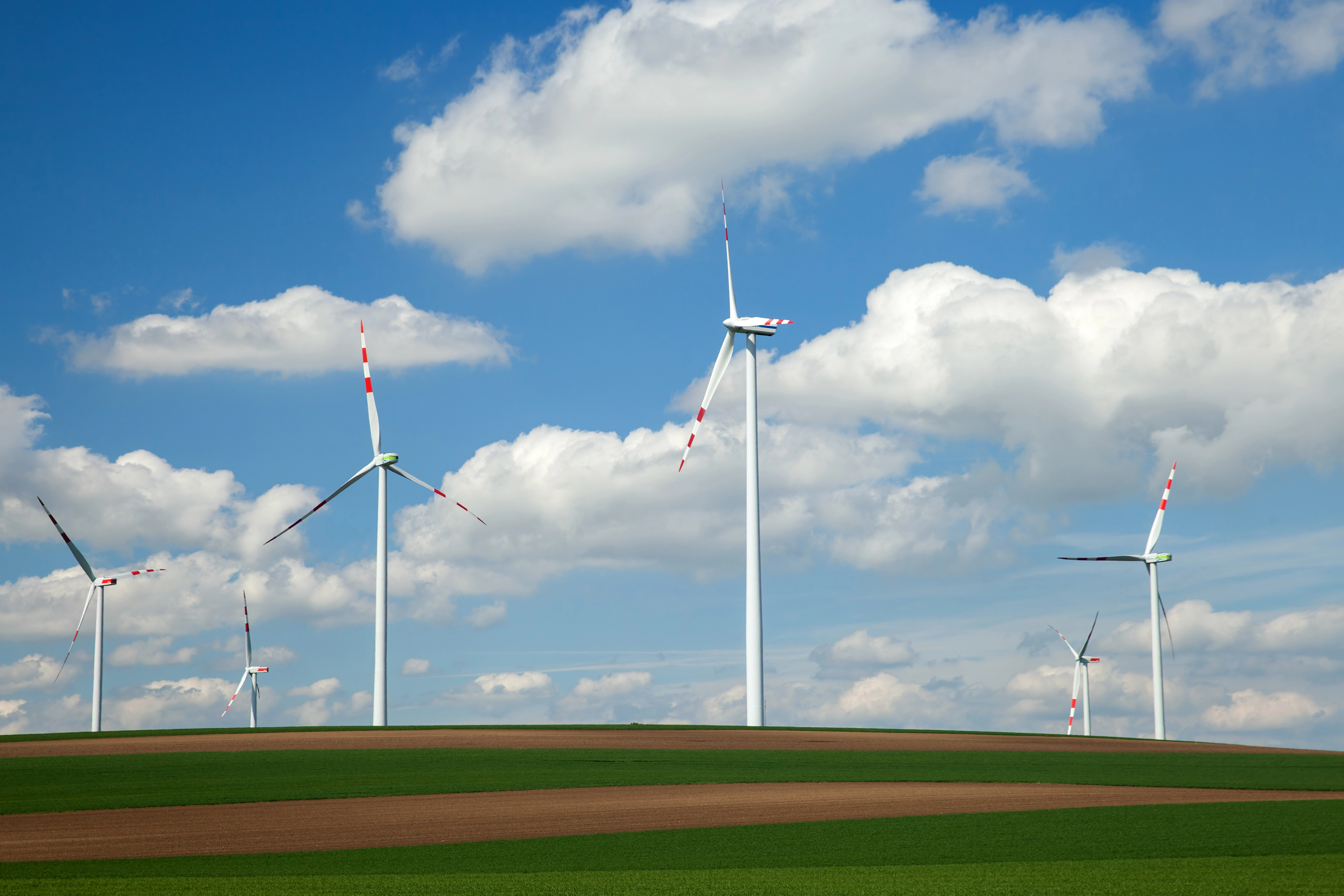Underwriting
Alongside investment, underwriting as a core activity for insurers is a key lever for contributing to a sustainable future. The Group's long-term objective is to reduce greenhouse gas emissions from the corporate underwriting portfolio to net zero by 2050. For this reason, the insurance group has started to measure its scope 3 emissions and is constantly working to improve the quality of its data. This data forms the basis for measuring VIG's progress in the spheres of impact underwriting. VIG also wants to help its customers better adapt to climate change and increase the proportion of products and services that are helpful in this regard.

Responsible Insurance
SusTainability criteria in the corporate business
Insurance companies influence which risks companies can take. VIG is using this lever to contribute to a greener economy. VIG has committed itself to excluding the coal industry from new business. Since 2019, no new insurance contracts have been accepted for coal mining or coal-fired power station projects. Existing policies in this area are being gradually reduced. As a result, the number of coal risks in the corporate business was reduced by 86% compared to 2019. Since 2024, VIG is also excluding any risk cover for the exploration of unconventional oil and gas and new deep sea mining projects.
Effects of climate change
VIG analyses climate risks and develops measures to reduce them
Special scenario analyses help to estimate how climate change will affect the frequency and size of losses and, therefore, the insurance business in different sectors. The medium and long-term effects of climate change are also examined in the “Own Risk and Solvency Assessment” (ORSA), a periodic analysis of a company’s own risk situation and capital adequacy (solvency). The main focus is on potential extreme weather events, such as flooding, storms and severe weather with hail, but also earthquakes are considered. Current scientific studies are used to analyse the possible effects of global warming of 1.5°C, 2.0°C and 3.0°C above pre-industrial levels. Natural disasters and their effects are modelled with the help of external experts. The risk models used are constantly improved based on new data and findings, such as newly built flood protection measures. VIG is using its increased underwriting knowledge to purchase reinsurance for the risks it assumes.
Recommendations for reducing risk for corporate and large customers
The more frequent extreme weather events are increasingly affecting the support provided to corporate and large customers, that is, the underwriting process. The support process begins with a careful analysis of the risk situation and protective measures that have already been implemented. The experts at the partner company RiskConsult use this to develop individually tailored recommendations for further improving the risk situation and preventing losses. Companies have an incentive to implement the recommendations because it would reduce their premiums or, in some cases, because they would not be insurable unless they did so.
Informing customers about weather events and raising awareness
VIG has developed a variety of services to help corporate customers and households manage climate risks more effectively. Early warning systems provide warnings for extreme weather events and information systems allow users to better assess risks. These measures reduce risk by, for example, influencing decisions about whether or not to build a house in certain locations. They also make people aware of the relevant risks and draw attention to longer-term trends.
VIG believes in fostering a sustainable future and recognizes the pivotal role relevant data plays in achieving this goal. Therefore, we are dedicated to sharing available loss data with public authorities for the purpose of analytical research in the area of climate change, always in due regard to the EU General Data Protection Regulation.
Our commitments [extract]:
Intention to Share Data with Public Authorities: We declare our intention to collaborate with public authorities by sharing available loss data. VIG understands the importance of working with regulatory bodies to contribute to informed decision-making and drive positive societal change.
Data Granularity: The loss data VIG shares is provided with a granularity that meets the standards necessary for enhancing adaptation to climate change and may vary depending on the request and availability.
Data Sharing for Research Purposes: The shared loss data is available for research purposes, contributing to essential climate change related goals.
Requesting Data via E-Mail: Public authorities can conveniently request data through our designated email address GroupSustainabilityOffice@vig.com. This ensures a straightforward and efficient means of obtaining the information needed.
Timely Data Provision: VIG commits to providing the requested data in an as timely manner as possible, always mindful of respecting data availability constraints.
At VIG, we see transparency and collaboration as integral components of responsible business practices. By sharing relevant loss data, we aim to contribute to a more sustainable and resilient future.
Insure renewable energy
Insurance for innovative, sustainable technologies
The Group has provided insurance for renewable energies, such as wind, hydroelectric, photovoltaic and biomass power, for many years in Central and Eastern Europe. This also offers new business opportunities by opening up new customer groups. The Group is currently one of the leading providers of insurance for renewable energy generation systems in Central and Eastern Europe.

Our sustainability programme
Six spheres of impact of sustainability
The VIG Sustainability Programme is divided into six spheres of impact in which the Group-wide sustainability efforts have been aggregated







